Stalking Claremont: New book examines the real story behind Claremont serial killings
Before the Claremont serial killings, the seemingly peaceful Perth suburb was hit by a spate of attacks on women, a new book examines. Read extract.
Crime in Focus
Don't miss out on the headlines from Crime in Focus. Followed categories will be added to My News.
STALKING CLAREMONT EXTRACT: On a hot summer’s Saturday night in February 1995, Lisa (not her real name) an athletic seventeen-year-old, borrowed her older sister’s driver’s licence for a night out that was to end, as usual, at a nightclub in the suburb of Claremont, close to where she lived.
She had no qualms about being out alone late at night – Claremont was familiar turf, so benign during the day that even in the black of night young women felt sheltered, close to places where their mothers had taken them shopping.
The village looked and felt safe, unlike the central-city nightclub strip of Northbridge, which had a reputation for alcohol- and drug-fuelled violence.
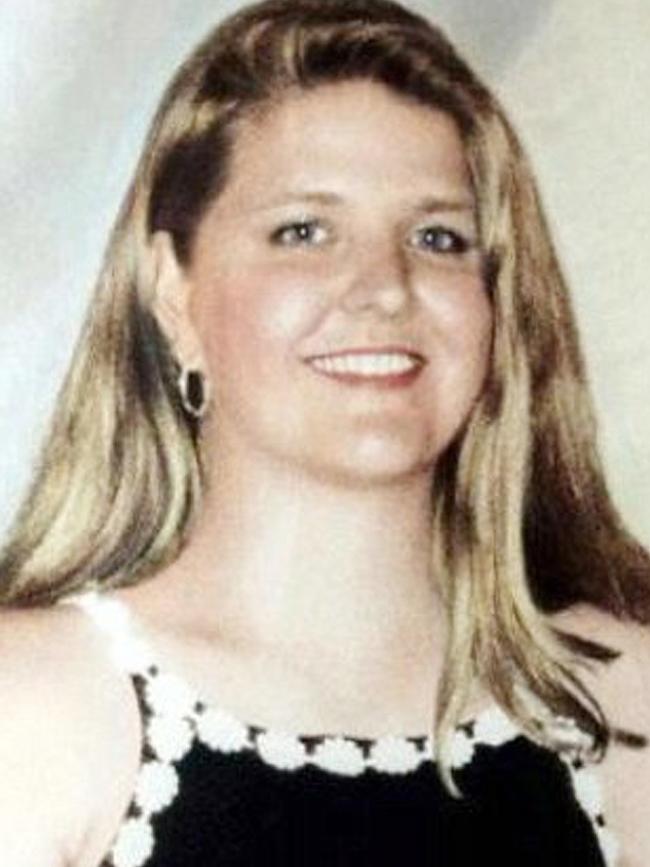

This protective ambience, tragically, provided a false sense of security. Because, in the early morning hours, Claremont’s dark underbelly was exposed. More than twenty reports had been made to police in the late 1980s and early 1990s of young women in the vicinity of Claremont at night being followed and pounced on or groped indecently, and attempts made to rape them or drag them into cars.
In March 1990, a woman jogging in Kings Park had been raped by a masked man – one of three almost identical attacks.
In one serious crime, a young woman walking home late at night had been stripped and almost raped in Rowe Park.

Another who was orally assaulted in the same park in 1987 had bitten hard into her attacker’s penis, causing the rapist considerable blood loss and him to flee.
In 1992, two women were raped near Swanbourne railway station, one stop from Claremont, after walking home from central Claremont late at night.
In 1994, there had been two attempts to drag women from their cars at the traffic lights on Stirling Road near the railway subway.
On each occasion, the women had fought back and escaped. Was this a series of unrelated perpetrators? Or, more chillingly, was it one person, honing his skills in the Claremont area, seeing what worked and what didn’t?
As Lisa made plans for her night out, she was blissfully unaware of this spate of crimes.
She knew her night would likely end at every young locals’ favourite nightclub, Club Bayview.
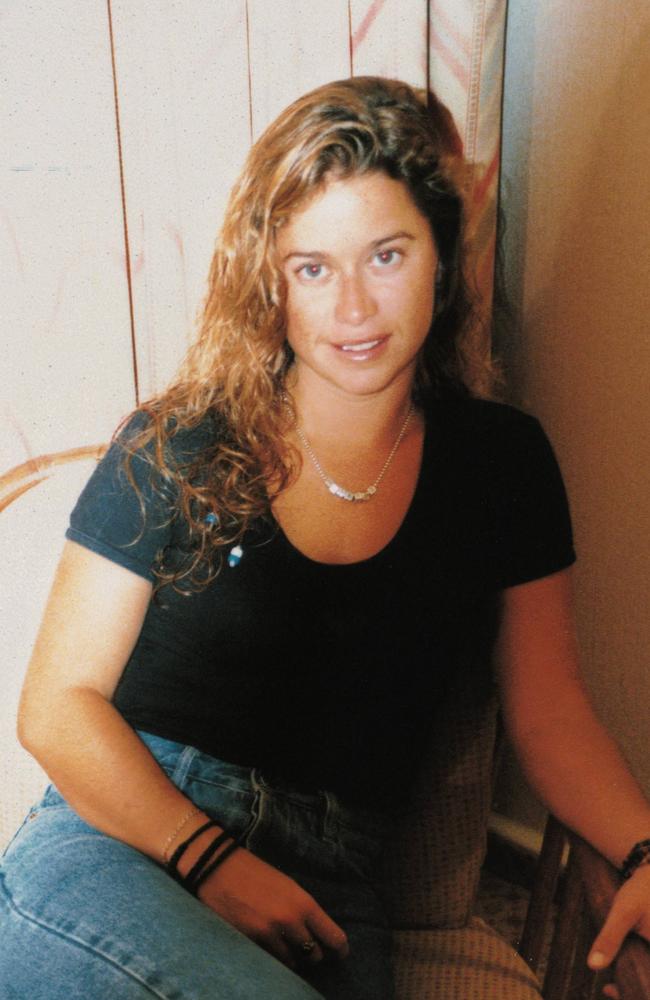
Some time after 1am, Lisa walked from Club Bayview with a male friend to wait outside the local hotel.
The couple was trying to leapfrog other would-be taxi passengers to catch a lift to the young man’s house in Gugeri Street.
The pair stood outside the hotel long after its midnight closing time. Following a long, frustrating wait, and with no cab in sight, Lisa, fatefully, returned to the club, leaving her companion to walk home solo.
She later left Club Bayview alone on foot, heading towards her male friend’s house. She’d spent all her money and couldn’t afford a taxi, even if she could find one.
Lisa never reached his house.
At the halfway point she entered the edge of a park. Waiting unseen inside the gloom was a light-coloured van and its driver. Before Lisa knew it, someone much taller and stronger had jumped her from behind, pushing her flat on her front onto the grass. She froze.
The lightning-quick attacker rolled her over, sat on her stomach and shoved a cloth into her mouth. Lisa had no chance to scream.
The man again swiftly turned Lisa over and bound her hands very tightly behind her back. He lifted her, one hand behind her knees, the other in the middle of her back, and carried her to his van, which Lisa could tell was a work van and which was waiting in a park nearby, its cargo door open. Once in the back of the van, Lisa had her head shoved into a calico bag and her feet tied tightly together with the same cord that bound her wrists.

She was hogtied. The van drove off. When it eventually stopped Lisa was dragged from the van, dropped to the ground and sexually assaulted.
Lisa said the first rape lasted five to ten minutes. The man did not speak.
Then her attacker picked her up roughly and dumped her into bushes. He walked away, watched and waited, then seeing no movement, returned and retrieved her.
He again lifted her, dumping her this time in the middle of much more dense scrub. Terrified, she lay listening as the van started and drove away.
She waited five minutes then rolled to her knees. Seeing graves, she realised where she was: just a kilometre from Rowe Park, inside the even darker Karrakatta Cemetery.
She’d been left for dead, naked from the waist down, her hands still bound tightly together behind her back, barefoot and lonely among the dead, listening in fear for the van to come back.
With dawn about to break, the temperature had dropped to sixteen degrees Celsius. Summoning her considerable courage, tenacity and fitness honed from sports, Lisa struggled to her feet and started running barefoot in the early morning blackness, dodging tombstones.
“I just ran.”
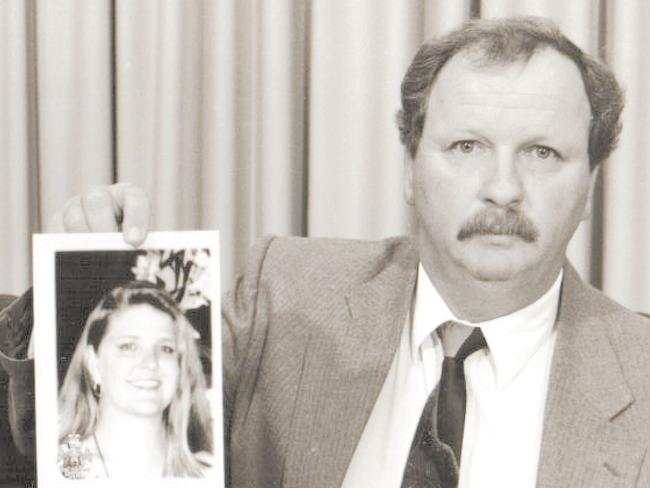
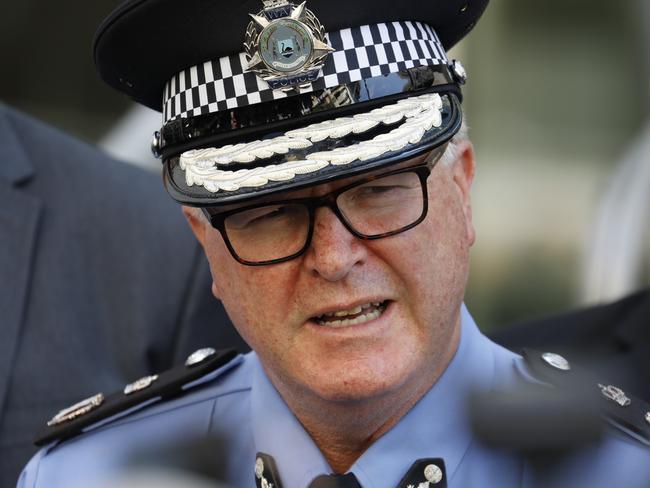
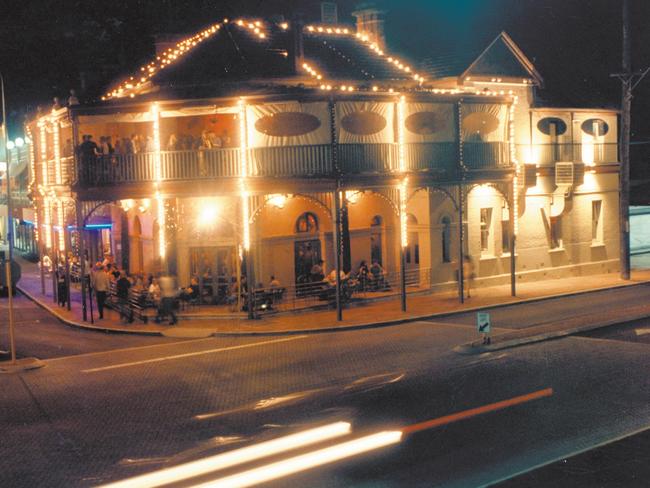
At first, the scenario of abduction, binding, hooding and rape seemed to some Claremont detectives a fantasy, so far-fetched that some initially considered it a false report. However, Lisa’s horrific tale and the results of tests on the exhibits recovered from the crime scenes were turned over to the suburban Claremont Criminal Investigation Branch and to a female officer, who took statements and organised more forensic tests.
Claremont detectives made public appeals for witnesses or for other information, interviewing people who had been at Club Bayview on the night, as well as taxi drivers, to check whether they had seen or heard anything unusual.
‘No response to rape reports’ read the headline in the Post newspapers nine days later. Then, with no apparent leads after six weeks, at the end of the minimum write-off period, the local investigation was ended.


Lisa’s case file was marked simply as “Uncleared offence – no trace of offender”.
Attacks on young women, as well as attempted abductions, during either the day or night, continued to plague Claremont and surrounding suburbs.
In March, just a month after Lisa’s abduction and rape, terrified teenagers had been attacked by a man in a Subiaco street, while another teenage girl had been indecently assaulted at a nearby railway station.
In April, a woman named Ruth told Post reporters of being stranded late one night. A taxi she’d called didn’t show, though the company had given her a priority number. ‘Nightclub patron stalked’ read the headline in the Post on April 18, 1995, the article recording the ordeal of the 24- year-old woman who had hidden from a male driver who was persistently hounding her.
In September, a local mother sharing her bed with her four-year-old daughter was raped by an intruder who broke into the house at 3am. Two teenaged girls were attacked as they walked home from high school in October. In December, a woman washing dishes looked up to see a flasher outside her kitchen window.
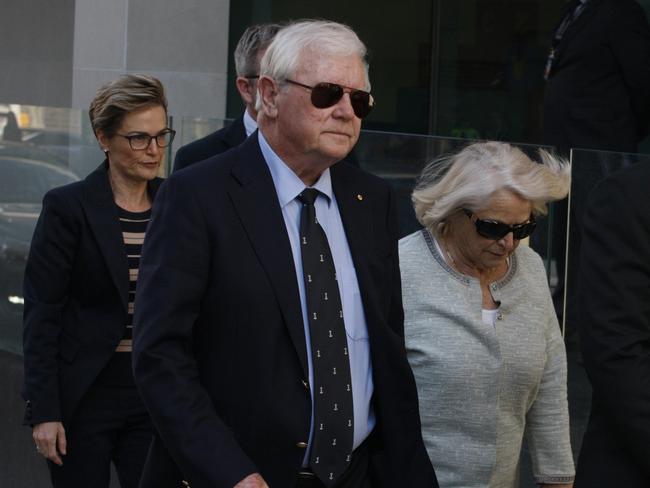
Two hours after midnight on January 26, 1996, almost a year after Lisa’s abduction and rape, another young woman’s fun night on the town took a sinister turn. At age eighteen, country-born Sarah Spiers Sarah was an attractive, polite and popular young woman from a close and loving family, with a ready smile, straight blonde hair and green eyes. Bubbly and friendly, she was always up for a night out. On weekends, Sarah loved to socialise at pubs and clubs, frequenting Cottesloe and Claremont. She had no steady boyfriend.
Friday, January 26, 1996 was the Australia Day holiday. Sarah and some friends had prepared a picnic to enjoy the warm summer evening while they listened to a live performance in Kings Park by singer Wendy Matthews, but they arrived too late for the show.
After their picnic, they caught a taxi to Cottesloe’s Ocean Beach Hotel, arriving at about 8pm, enjoying the company and a few drinks. At midnight, Sarah’s sister Amanda had picked up Sarah and three friends, as arranged, and dropped them in Church Lane, next to Club Bayview, at 12:15am. Sarah leaned into the car and gave her big sister a hug and a kiss, before the friends headed for the line of teens and twenty-somethings waiting to get into club.
After a half-hour wait, they were inside, Sarah dancing, laughing with friends and enjoying a few more drinks. At about 1:30am., Sarah told Emma Wates, a close friend she had met at school, that she was leaving. Emma tried to persuade Sarah to stay on with her and her friends, but Sarah said she was going to get a taxi and walked alone down the stairs of the club. She politely chatted with two doormen whom she knew, then walked west.

Transport home from Claremont in the early hours of the morning was always a bugbear. From bitter experience of booked cabs that did not turn up, nightclubbers had learned that a taxi called by payphone to a location far from the club would be less likely to scoop up a rival hail while on its way to the phone booking.
Experienced clubbers called this practice leapfrogging. Like many revellers who could not find rides home, Sarah figured that the further she walked from the club, the more likely she was to get a cab.
At 2:06am., Sarah called Swan Taxis. In the chilling call recording, her young voice can be heard giving her last name, Spiers, to the operator, and her destination, Mosman Park, although she lived in South Perth, in the opposite direction.
Sarah’s friends later speculated she had taken up an offer made by a girlfriend to sleep the night in Mosman Park, because it was a far cheaper cab ride than to South Perth.
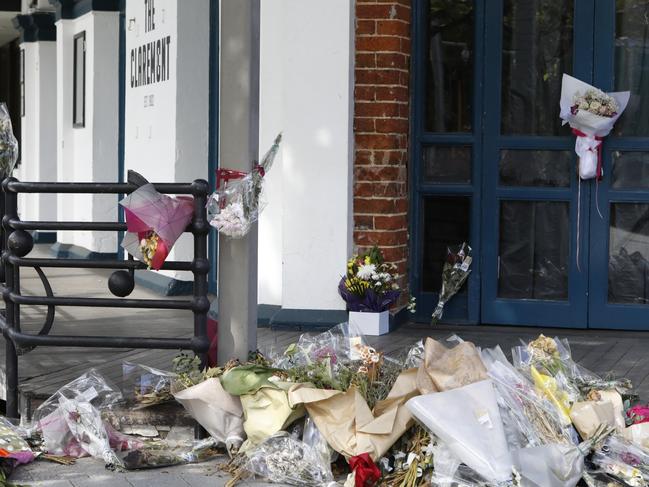
The cab driver who responded to Sarah’s taxi call, Jaroslav Krupnik, was in Stirling Highway, Cottesloe, only two minutes from her location. He continued along Stirling Highway straight towards Claremont but, when he reached the big traffic light-controlled intersection with Stirling Road, at 2:09am, he did not see his fare waiting. He saw nobody. He decided to continue on, driving around the block to try his luck outside Club Bayview, where he quickly landed another fare, two young women and a man.
Sarah’s sister Amanda woke on Sunday morning and saw Sarah’s bed hadn’t been slept in. That was no great cause for alarm. But Sarah also did not turn up for a family function later that day.
Then the conscientious employee did not arrive at work on Monday morning for her receptionist job. She was reliable and respectful, and would not have missed work without calling in. Sarah’s bank account had not been touched since Friday night.
Amanda was particularly alarmed because she was about to turn twenty-one and Sarah had been excited for her, preparing for the party. Sarah simply would not have disappeared without saying a word or attempting contact. Amanda, her heart heavy with dread, walked into South Perth police station at 9:20am and reported her little sister missing.
Well before Lisa was abducted and Sarah disappeared, there had been strange tales of after-midnight transport incidents around Claremont’s party district. They now took on a sinister significance, adding to a sense of both dread and intrigue.
Reports had been made of different men cruising in cars through the streets of Claremont late at night, sometimes posing as taxis and offering lifts to strangers – stranded clubbers, some alone and the worse for wear. Some accepted, some were attacked, and almost all attacks went unreported in the media.
Press reports and some more junior investigating officers occasionally linked Sarah Spiers’ disappearance to Lisa’s abduction and assault in Karrakatta Cemetery. But it was argued that women who were assaulted after searching for taxis were a far cry from the case of the unsuspecting seventeen-year-old who’d been snatched and grabbed by a prepared predator in a dark park. It was assumed that Sarah Spiers had willingly accepted a lift, with whatever belief she had held about the car she had entered.
But not all serial killers use the same methods all the time …
STALKING CLAREMONT: Inside the Hunt for a Serial Killer by Bret Christian, published by HarperCollins Australia, is out on January.
The documentary CATCHING THE CLAREMONT KILLER: The Untold Story screens on Sky News, February 4.
Originally published as Stalking Claremont: New book examines the real story behind Claremont serial killings


